Australia
Australia
Australia, the smallest continent but one of the largest countries, comprises the mainland of the Australian continent, Tasmania, and various smaller islands. Australia's warm, sunny climate and abundance of open spaces give the population a love of the outdoors. Australia is one of the world's most ethnically diverse nations. Nearly a quarter of the people who live in Australia were born in other countries.
1. Visitor Visa
The categories under Visitor Visa’s are,
Electronic Travel Authority (subclass 601)
This visa is for people looking to travel to Australia to study short-term, travel for business, travel as a tourist to Australia, sightseeing, visiting family & friends. Applicants must have an ETA-eligible passport for this visa. This visa is usually issued as a 'multiple entry' visa for 12 months. You can stay inside of Australia for up to 3 months after such arrival. Stay periods of 6 months or 12 months are sometimes granted, but this is unusual. ETAs are similar to eVisitor visa. Both allow you to visit Australia for up to three months. The main difference between them is where you apply and how much they cost.
You can apply for an ETA through many travel agents worldwide.
eVisitor (subclass 651)
With this visa, applicants may stay up to 3 months maximum per trip. Includes holidays, short-term study, business trips, sightseeing, visiting family & friends. This visa lasts for 12 months, and applicants can visit as frequently as they like, just as long as each trip does not exceed three months. Online application forms are available for applying for an eVisitor Visa.
Transit visa (subclass 771)
This visa lets people be in Australia for up to 72 hours before they must leave Australia. Maritime Crew visa holders can use it to enter Australia by air to join a non-military ship.
The Visitor (subclass 600)
This visa stream lets you visit Australia as a tourist, to see family and friends or for purposes other than business or medical treatment. It might grant you for stay up to 12 months.
Work and Holiday visa (subclass 462)
- First Work and Holiday visa
This visa lets people 18 to 30 years old (inclusive) have an extended holiday in Australia and work here to help fund their trip.
- Second Work and Holiday visa
This visa lets people 18 to 30 years old (inclusive) who currently hold, or who have held, a Work and Holiday visa, have a second working holiday in Australia.
- Third Work and Holiday visa
This visa lets people 18 to 30 years old (inclusive) who currently hold, or who have held, a second Work and Holiday (subclass 462) visa, have a third working holiday in Australia.
Working Holiday visa (subclass 417)
- First Work and Holiday Visa
This visa lets people 18 to 30 years old (inclusive) – except for Canadian and Irish citizens up to 35 (inclusive) – have their first extended holiday in Australia and work here to help fund their trip.
- Second Work and Holiday Visa
This visa lets people 18 to 30 years old (inclusive) who currently hold a Work and Holiday visa have a second working holiday in Australia.
- Third Work and Holiday visa
This visa lets people 18 to 30 years old (inclusive) who currently hold or hold a second Work and Holiday (subclass 462) visa have a third working holiday in Australia.
Working Holiday visa (subclass 417)
- First Working Holiday Visa
This visa lets people 18 to 30 years old (inclusive) – except for Canadian and Irish citizens up to 35 (inclusive) – have their first extended holiday in Australia and work here to help fund their trip.
- Second Working Holiday visa
This visa lets people 18 to 30 years old (inclusive) – except for Canadian and Irish citizens up to 35 (inclusive) – who currently hold, or who have held, a Working Holiday visa, have a second working holiday in Australia.
- Third Working Holiday visa
This visa lets people 18 to 30 years old (inclusive) - and Canadian, French and Irish citizens 18 to 35 years old (inclusive) - who currently hold, or who have held, a second Working Holiday visa, have a third working holiday in Australia. Working Holiday (subclass 417) visas are open to passport holders of Belgium, Canada, Cyprus, Denmark, Estonia, Finland, France, Germany, Hong Kong, Republic of Ireland, Italy, Japan, Republic of Korea, Malta, Netherlands, Norway, Sweden, Taiwan or the United Kingdom. You must be 18 to 30 years old (inclusive) – except for Canadian, French and Irish citizens up to 35 (inclusive).
Work and Holiday (subclass 462) visas are open to passport holders of Argentina, Austria, Chile, China, Czech Republic, Ecuador, Greece, Hungary, Indonesia, Israel, Luxembourg, Malaysia, Peru, Poland, Portugal, San Marino, Singapore, Slovak Republic, Slovenia, Spain, Thailand, Turkey, the United States, Uruguay or Vietnam. Additional requirements need to be satisfied for Subclass 462 visa applicants, such as specific educational requirements, evidence of financial capacity. They may also require a letter of support from their government and evidence of functional English (except US Citizens).
2. Study and Training Visas
Student Visa (Subclass 500)
The student visa (subclass 500) lets you pursue full-time study at an accredited educational institution in Australia. Under this visa, one can stay in Australia for as long as the course program takes.
Student Guardian Visa
This is a temporary visa for the guardians of student visa holders. The length of your visa will be determined by the student visa holder's stay and age.
Training Visa
This visa allows you to participate in workplace-based occupational training activities to improve your skills for your job, area of tertiary study, the field of expertise or in a professional development training program in Australia.
3. Family and partner visas
Adoption visa (subclass 102)
This visa lets children adopted outside Australia live in Australia with their adoptive parents. The child must have been under 18 years of age when adopted.
Aged Dependent Relative Visa (subclass 838 and Subclass 114)
This permanent visa lets a single older person rely on Australia's relative for financial support and move to Australia permanently.
In essence, each of these visas (Subclass 838 and Subclass 114) are the same – they both enable a person whose only near relatives live in Australia to live in Australia indefinitely. The only difference was the applicant's location when the application was lodged and decided on – 114 visas are for offshore applicants, and 838 is for onshore.
Aged Parent visa (subclass 804)
This permanent visa lets an aged parent of a settled Australian citizen, Australian permanent resident or eligible New Zealand citizen stay in Australia.
Carer visa (subclass 836 and Subclass 116)
This permanent visa lets you move to Australia to care for someone with a long-term medical condition. They must have no reasonable access to care options in Australia.
This visa allows individuals to come to Australia to provide care to their relatives who require support due to long-term or permanent medical conditions. The difference between subclass 116 and 836 is whether the applicant is inside or outside while lodging the application and when the visa is granted.
Child visa (subclass 802 and subclass 101)
This visa allows a child to stay in Australia permanently and live with their parents.
Both Child Visa (Subclass 802 & 101), the parent can apply on behalf of a child younger than 18 years of age. 802 visas are applied if the child is in Australia, while 101 visas are applied outside Australia. Both the visas allow applicants to live in Australia permanently with their parents.
Contributory Aged Parent visa (subclass 884 and subclass 864)
The contributory aged parent visa (subclass 884 and 864) allows older parents to live in Australia if their child is an Australian citizen, Australian permanent resident or an eligible New Zealand citizen.
The contributory aged parent 884 visa is a temporary visa that allows the applicants to live in Australia for two years. This visa cannot be extended or renewed. If the parents want to stay in Australia permanently, they can apply for the permanent Contributory Aged Parent 864 visa before the temporary 884 visa expires.
Contributory Parent visa (subclass 173 and subclass 143)
Both visas let a parent of a settled Australian citizen, Australian permanent resident, or eligible New Zealand citizen stay in Australia. In contrast, the contributory parent 173 visa is a temporary visa requiring the applicant to live in Australia for two years.
Dependent Child visa (subclass 445)
This visa allows a child to temporarily stay in Australia while processing their parent's permanent Partner visa application.
New Zealand Citizen Family Relationship (temporary) visa (subclass 461)
This visa is for a person who is not a New Zealand citizen but is a member of a family unit of a New Zealand citizen. It lets you live and work in Australia for five years.
Orphan Relative (subclass 117 and subclass 837)
This visa allows the child to live permanently in Australia with their sponsoring relative. However, under subclass 837, the child must be inside Australia when the application is lodged and when the application is decided. Furthermore, under subclass 117, the child must be outside Australia when the application is lodged.
Parent visa (subclass 103)
This permanent visa lets a settled Australian citizen, Australian permanent resident, or eligible New Zealand citizen move to Australia.
Partner (Provisional and Migrant) visa (subclass 309 and 100)
Allows the partner or spouse of an Australian citizen, Australian permanent resident, or eligible New Zealand citizen to live in Australia. Sub-Class 309, for offshore applicants, allows you to travel to Australia and live with your partner.
Partner visa (subclass 820 and 801)
If you are in Australia, you are eligible to apply for a Partner Temporary Visa (Subclass 820) and Permanent Visa (subclass 801). Sub-Class 820, for onshore applicants, allows you to remain in Australia with your partner, including throughout the application process.
Prospective Marriage visa (subclass 300)
This visa lets you come to Australia to marry your prospective spouse and then apply for a Partner visa.
Remaining Relative visa (subclass 115 and subclass 835)
This permanent visa lets people move to Australia to be with their only close family members.
In essence, each of these visas is the same – they both enable a person whose only near relatives live in Australia to live in Australia indefinitely. The only difference was the applicant's location when the application was lodged and decided on – 115 visa is for offshore applicants and 835 is for onshore.
Sponsored Parent (Temporary) visa (subclass 870)
This temporary visa lets a parent of an Australian citizen, Australian permanent resident, or eligible New Zealand citizen visit Australia for up to 3 or 5 years.
4. Working and skilled visas
Business Innovation and Investment (Permanent) visa (Subclass 888 and Subclass 188)
This visa allows you to own and manage a business in Australia, conduct business and investment activity in Australia or undertake an entrepreneurial activity in Australia. Subclass 888 allows you to stay permanently in Australia, but Subclass 188 allows only to stay up to 4 years and 3 months.
Business owner visa (Subclass 890)
This visa is for people who own and manage a business in Australia. It allows you to stay in Australia indefinitely. To apply as a primary applicant, you must have a qualifying visa granted on a particular basis like,
- It would be best if you held an eligible visa.
- You have lived in Australia on that visa for at least 12 months in the 2 years immediately before the application is made while holding this visa.
- You have owned and operated a business in Australia for at least 2 years immediately before the application is made.
Business Talent visa (Subclass 132)
This visa allows you to establish a new or develop an existing business in Australia.
Basic Eligibility
- Be nominated by an Australian state or territory government agency
- Be invited to apply for the visa
- Have the required funding or assets
Distinguished Talent visa (Subclass 124 and Subclass 858)
This is a permanent visa for people who have an internationally recognized record of exceptional and outstanding achievement in an eligible field. The difference between subclass 124 and 858 is, in 124, you should be outside Australia when this visa is granted. Moreover, in 858, either be in or outside Australia but not in immigration clearance when you apply and when this visa is granted.
Other requirements are, You must
- Have an internationally recognized record of exceptional and outstanding achievement in one of the following areas (and still be prominent in the area):
- a profession
- a sport
- the arts
- academia and research
- Be nominated by an Australian citizen, Australian permanent resident, eligible New Zealand citizen, or Australian organization with a national reputation about your area of talent.
Employer Nomination Scheme visa (Subclass 186)
This visa lets skilled workers, whom their employer nominates, live and work in Australia permanently.
Investor visa (Subclass 891)
This visa is for people who undertake business and investment activities in Australia. It allows you to stay in Australia indefinitely. To apply as a primary applicant, you must have a qualifying visa granted on some particular basis like,
- be the holder of a Subclass 162 - Investor (Provisional) visa
- have held a designated investment of AUD1.5 million for 4 years
- have lived in Australia for 2 of the past 4 years
Permanent Residence (Skilled Regional) visa (subclass 191)
This visa is for people who have lived, worked, and studied in Australia's designated regional area on a previous, eligible visa.
You must:
- hold an eligible visa
- have lived for at least 3 years and have a taxable income at or above a specific income threshold for at least three years.
- both primary and secondary applicants have complied with the eligible visa conditions you hold or have held.
Regional Sponsored Migration Scheme visa (Subclass 187)
This visa allows skilled workers, whom their employer nominates in regional Australia, to live and work in Australia permanently.
Basic Eligibility
- be nominated by an approved Australian employer for a job in regional Australia
- be under 45 years of age
- meet the skills, qualifications, and English language requirements.
Skilled independent visa (Subclass 189)
This visa is for invited workers and New Zealand citizens with the skills we need to live and work permanently anywhere in Australia.
Skilled Nominated visa (Subclass 190)
This visa lets nominated skilled workers to live and work in Australia as permanent residents. You must
- have an occupation on the relevant skilled list
- have a suitable skills assessment for the occupation
- be invited to apply for this visa
- satisfy the points test
Skilled—Recognised Graduate visa (Subclass 476)
This visa allows recent engineering graduates to live, work or study in Australia for up to 18 months. You must have completed a degree or higher qualification from a specified institution within the past 2 years and be under 31 years of age.
Skilled Regional (Provisional) visa (Subclass 489)
This Visa is for skilled workers who want to live and work in regional Australia. You can bring your family along with you on this visa. If you are granted this visa, you might apply for the Skilled Regional (Permanent) visa (subclass 887).
Skilled Regional (Permanent) visa (subclass 887)
This visa is for people who have lived and worked in specified regional Australia areas on a previous, eligible visa.
You must
- hold an eligible visa or have held an eligible visa that expired outside Australia during the concession period.
- have lived for at least 2 years and worked full time for at least 1 year in a specified regional area.
Skilled Work Regional (Provisional) visa (Subclass 491)
A visa for skilled people nominated by a state or territory government to live and work in regional Australia.
State or Territory Sponsored Business Owner visa (Subclass 892)
This visa is for people who own and manage a business in Australia. It allows you to stay in Australia indefinitely. To apply as a primary applicant, you must have a qualifying visa granted on some particular basis like,
- It would be best if you hold an eligible visa.
- Have lived in Australia on that visa for at least 12 months in the 2 years immediately before the application is made while holding this visa.
- Have owned and operated a business in Australia for at least 2 years immediately before the application is made.
State or Territory Sponsored Investor visa (Subclass 893)
This is a permanent resident visa for subclass State/Territory Sponsored Investor (Provisional) visa (subclass 165) holders who have held a designated investment of AUD750,000 for 4 years.
Temporary Activity visa (Subclass 408)
This visa allows you to come to Australia to do specific work types on a short-term, temporary basis. The duration of the stay depends on the duration of the event or up to 4 years.
Temporary Graduate visa (Subclass 485)
This visa is for international students who have recently graduated with skills and qualifications relevant to specific occupations Australia needs. It lets you live, study, and work in Australia temporarily.
Temporary Work (International Relations) visa (Subclass 403)
This visa stream allows a person to work in Australia under the terms and conditions of a bilateral agreement between the Australian Government and another country's government. You can stay until the time we specify in your visa grant notice, which may be up to 2 years.
Temporary Work (Short Stay Specialist) visa (Subclass 400)
The Highly Specialised Workstream of this temporary visa lets you do short-term, highly specialized work in Australia. It is suitable if you have specialized skills, knowledge, or experience not generally available in Australia. Your stay can be granted for up to 6 months (depending on the circumstances). Generally, for a stay period longer than 3 months, a strong business case must be provided with the application.
Temporary Skill Shortage visa (Subclass 482)
This temporary visa lets an employer sponsor a suitably skilled worker to fill a position they cannot find a suitably skilled Australian. You can stay for up to 2 years or up to 4 years if an International Trade Obligation (ITO) applies. Hong Kong passport holders may stay up to 5 years.
Our Offices
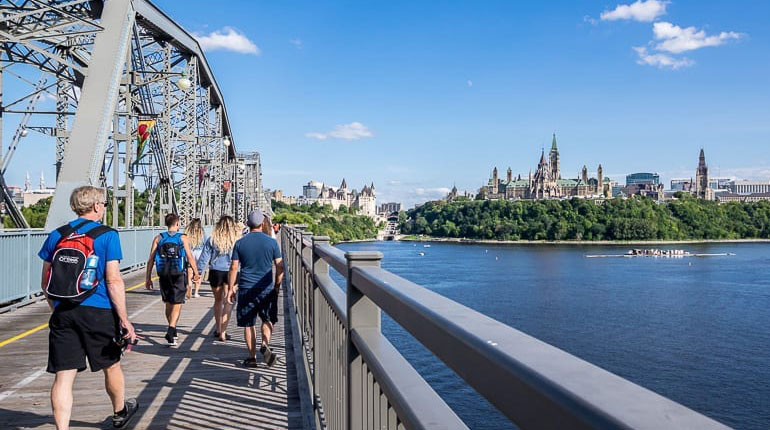
Canada
420 Cherrywood Rd,Winnipeg,
Manitoba,
R3y0w9
Canada
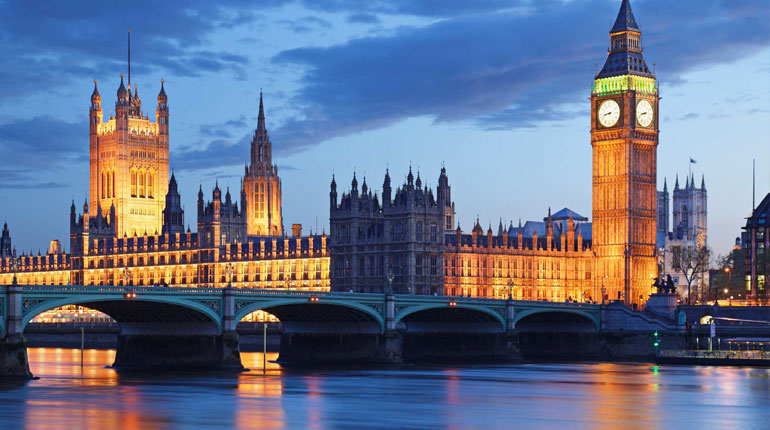
United Kingdom
Imperial Offices,2 Heigham Road
East Ham,London
United Kingdom
E6 2JG
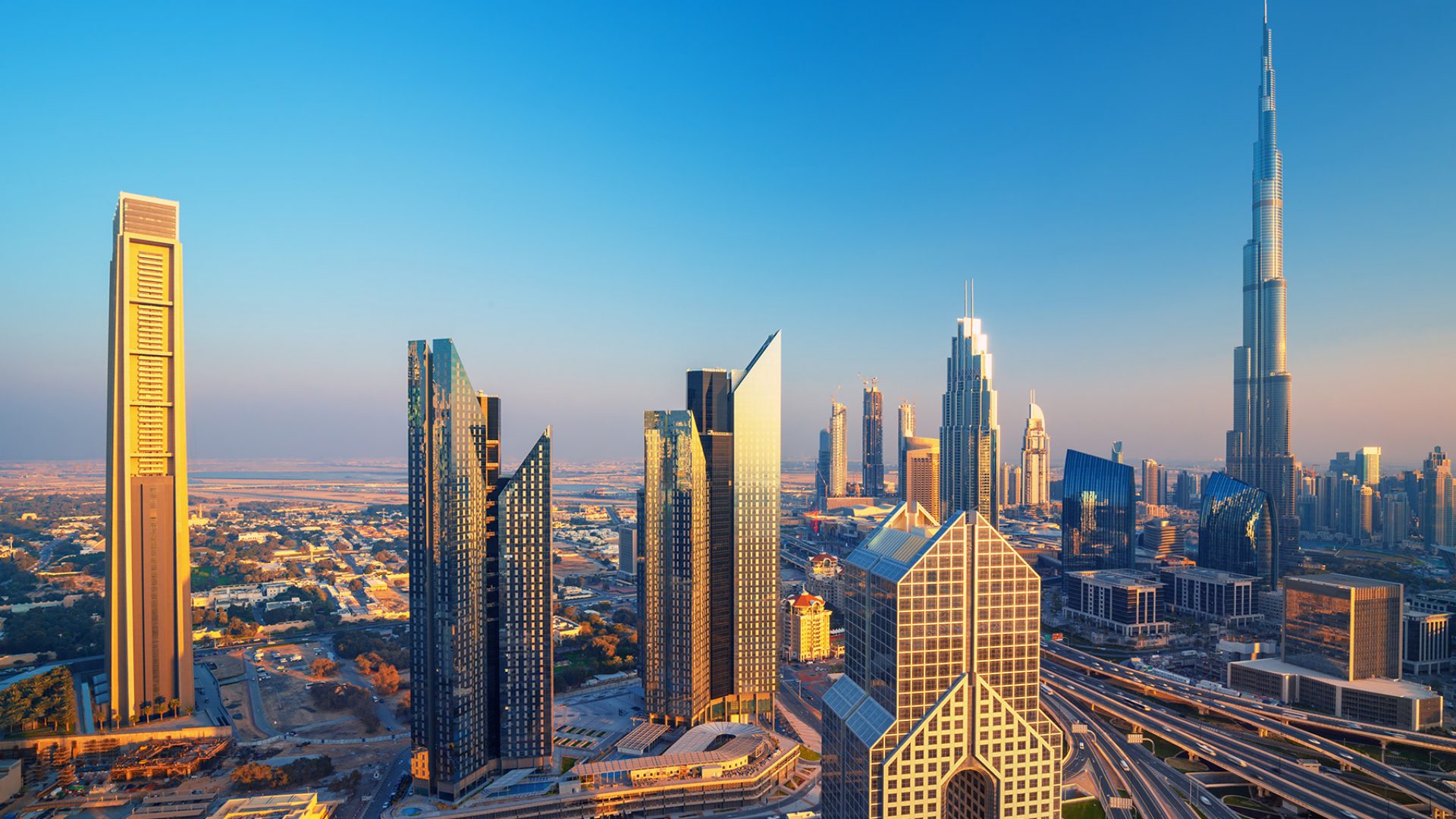
UAE
M10,Soliere Building
Al Mamzar
Dubai
UAE
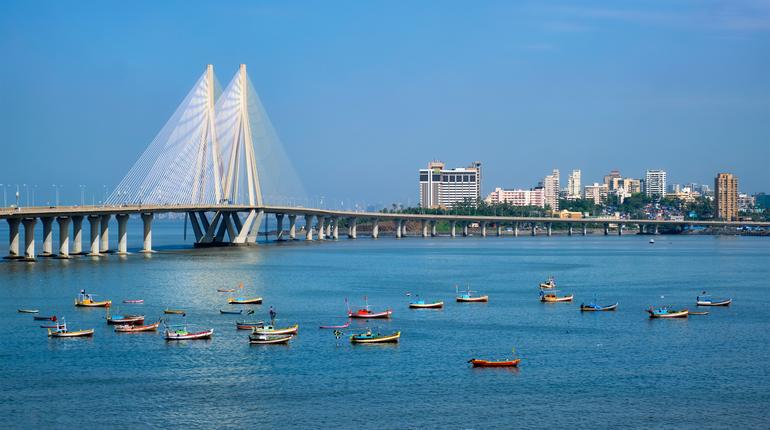
India
906, B-Block,Arihant Aura, Thane-Belapur Rd, Turbhe,
Navi Mumbai,
Maharashtra - 400705
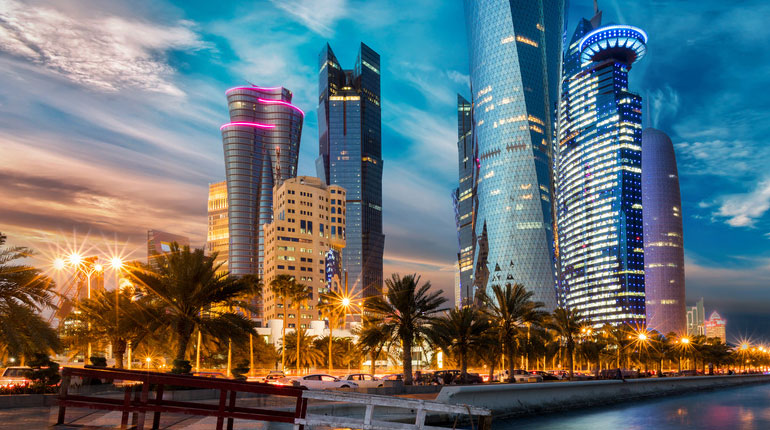
Qatar
Ezdan Oasis,Building
# A52,
Unit # 212,
Qatar



